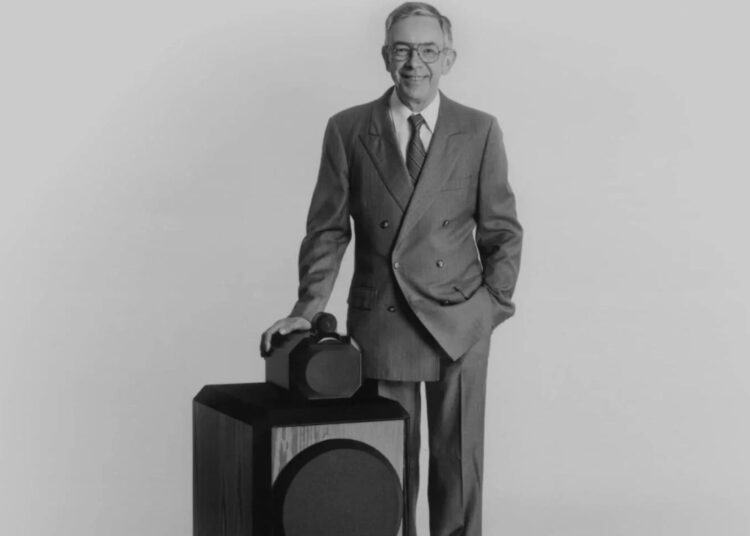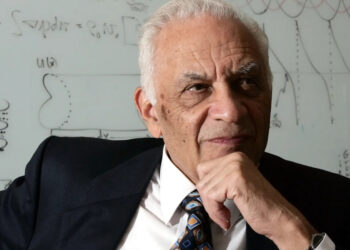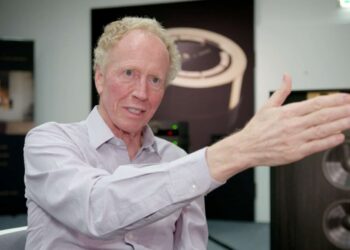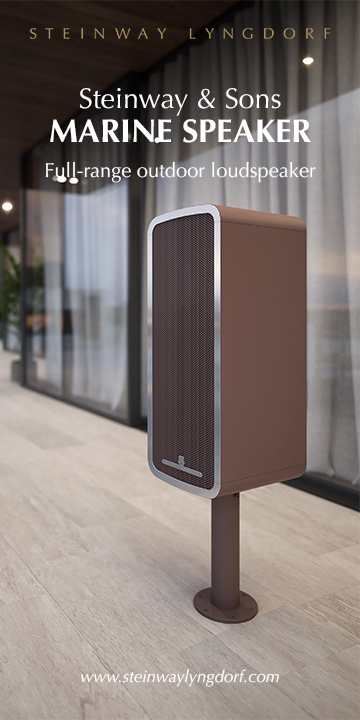John George Frederick Bowers was born in 1923 near Worthing, West Sussex, United Kingdom, a coastal town that would later serve as the birthplace of his audio empire. His early life was shaped by a curiosity for electronics and a passion for music, particularly classical, which would become the driving force behind his career. During World War II, at the age of 17, Bowers joined the Royal Corps of Signals, where he served in special operations, maintaining clandestine radio communications with British agents in occupied Europe. Stationed at Whaddon Hall, an offshoot of Bletchley Park, he worked with the Secret Intelligence Service (MI6). This experience honed his technical skills in radio technology and instilled a deep appreciation for precision and reliability in communication systems—qualities that would later define his approach to audio engineering.

After the war, Bowers pursued formal education in telecommunications engineering at Brighton Technical College (now part of the University of Brighton). This academic foundation, combined with his wartime experience, equipped him with a robust understanding of electronics and sound transmission, setting the stage for his future innovations. His encounter with Roy Wilkins during military service also proved pivotal, as the two shared an interest in radio and electronics, laying the groundwork for a lifelong partnership.
The Genesis of Bowers & Wilkins
In the post-war years, Bowers and Wilkins opened a small electronics and radio shop in Worthing, initially catering to amateur radio enthusiasts. The shop expanded to include television sales, rentals, and a service department managed by Peter Hayward. Bowers’ passion for high-fidelity audio, particularly for classical music, led him to experiment with loudspeaker designs, as he found commercially available speakers lacking in quality. His early modifications to existing designs gained a reputation for excellence, catching the attention of local clients, including a significant benefactor, Miss Knight. Impressed by Bowers’ knowledge of classical music and the speakers he crafted for her, she bequeathed him £10,000 in her will, a sum that became the catalyst for founding B&W Electronics Ltd. in 1966.
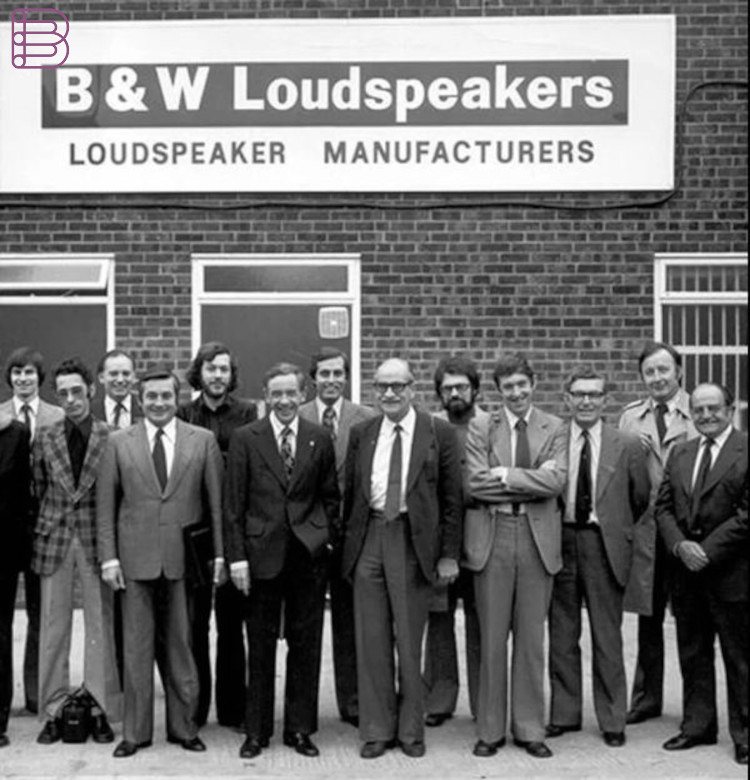
With this financial boost, Bowers shifted his focus from retail to loudspeaker manufacturing, establishing B&W Loudspeakers Ltd. alongside Peter Hayward. The company’s mission was clear: to create loudspeakers that reproduced sound as faithfully as possible to the original performance, embodying what Bowers called “True Sound.” This philosophy—avoiding any addition or subtraction from the original recording—became the cornerstone of Bowers & Wilkins’ identity.
Innovations and Achievements at Bowers & Wilkins
John Bowers’ tenure at Bowers & Wilkins was marked by a relentless pursuit of audio perfection, driven by both engineering innovation and a commitment to quality. His leadership fostered a culture of bespoke solutions and meticulous attention to detail, resulting in several groundbreaking achievements that reshaped the hi-fi industry.
The P1 Loudspeaker (1967)
The first commercial product from Bowers & Wilkins, the P1 loudspeaker, was released in 1967. While it used drivers from EMI and Celestion, the cabinet and filter were designed in-house, reflecting Bowers’ vision for superior sound quality. The P1’s success allowed Bowers to invest in advanced audio testing equipment, including a Radiometer Oscillator and Pen Recorder, enabling calibration certificates for each speaker—an early testament to his commitment to precision.
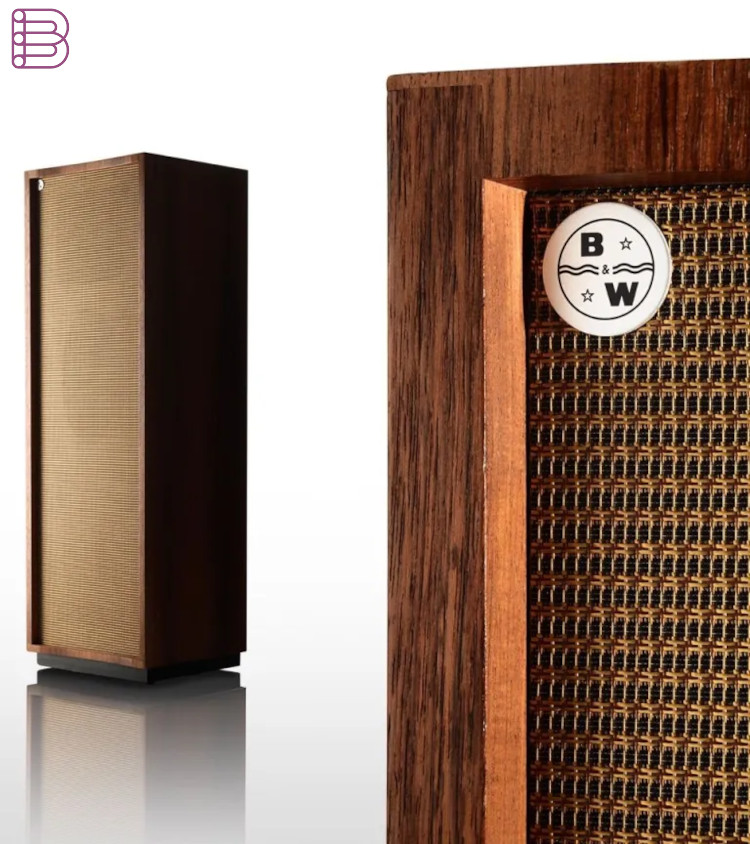
The DM70 (1969)
In 1969, Bowers achieved a significant milestone with the DM70 loudspeaker, the first to be entirely designed and assembled in the B&W factory. Featuring an innovative combination of electrostatic midrange and treble panels with a traditional bass unit, the DM70’s curved design and exceptional sound quality garnered critical acclaim. Its success marked Bowers & Wilkins’ entry into the global market, with exports accounting for 60% of production by 1973, earning the company its first Queen’s Award for Export.
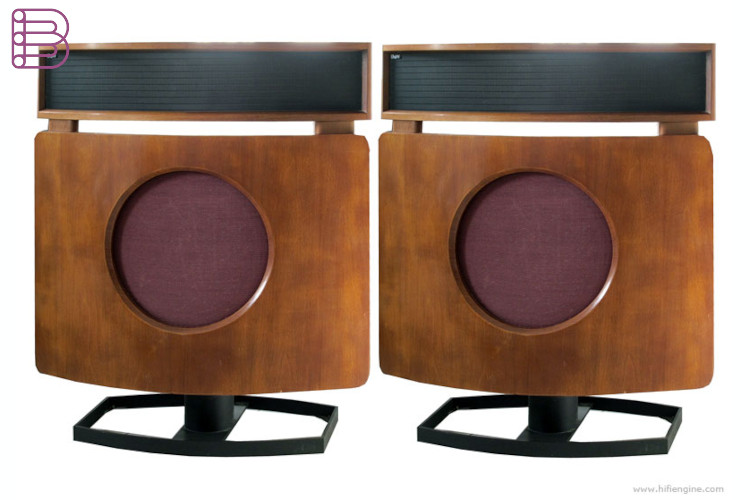
The DM6 and Kevlar Innovation (1976)
The DM6, introduced in 1976 and nicknamed the “Pregnant Penguin” for its distinctive shape, marked a technological leap with the introduction of Kevlar cones for midrange drivers. Bowers’ research team, utilizing laser interferometry, discovered that Kevlar’s stiffness and damping properties significantly reduced sound distortion, setting a new standard for audio fidelity. Designed with the help of industrial designer Kenneth Grange, the DM6 also featured a phase-linear configuration to ensure all frequencies reached the listener simultaneously. This innovation became a hallmark of Bowers & Wilkins’ designs and remains a standard in their speakers today.
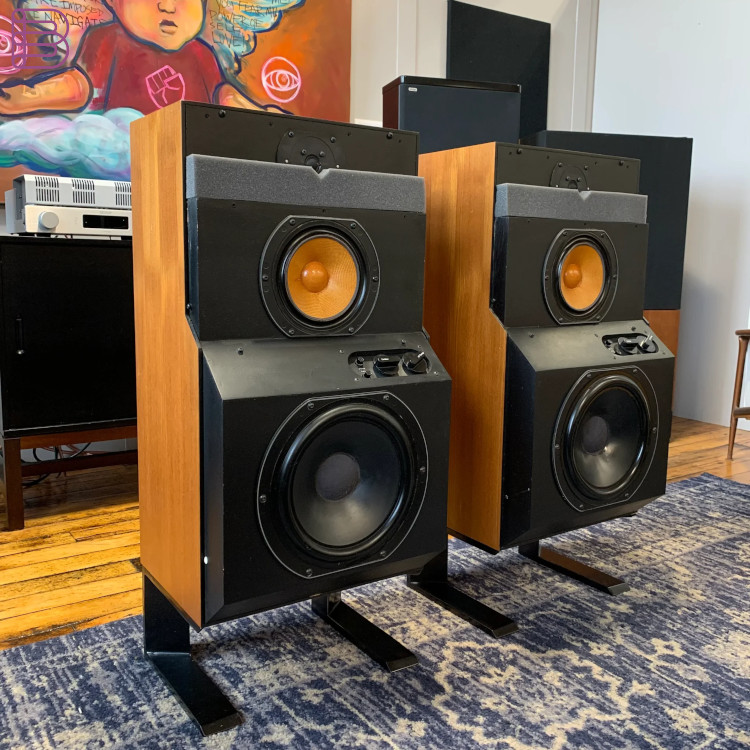
The 801 Studio Monitor (1979)
Perhaps Bowers’ most defining achievement was the 801 loudspeaker, released in 1979 after three years of intensive research. Designed as a “no-compromise” flagship, the 801 featured separate enclosures for each driver to minimize interference, a fiberglass-concrete composite for the cabinet to reduce resonance, and advanced engineering validated by laser interferometry. Its unparalleled sound quality made it the reference monitor for prestigious studios like Abbey Road, EMI, Decca, and Skywalker Sound, cementing Bowers & Wilkins’ reputation as a leader in professional audio. The 801’s legacy continues in the modern 800 Series Diamond, a testament to Bowers’ enduring vision.
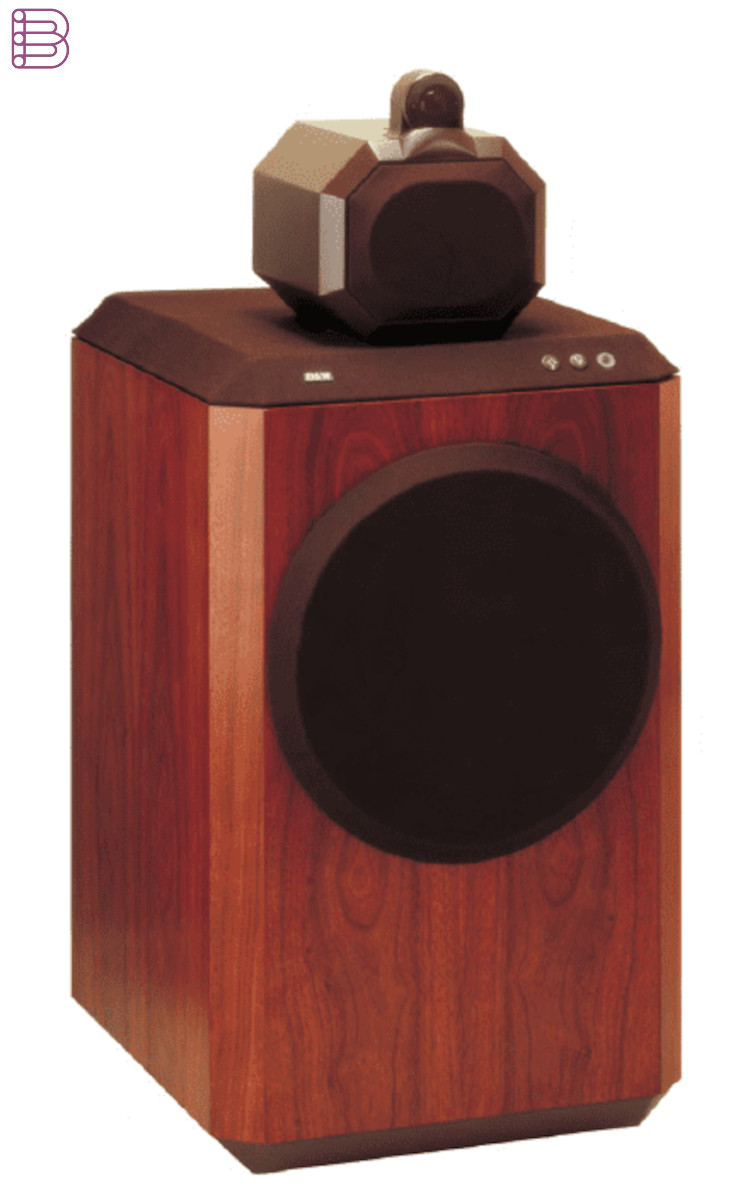
The Steyning Research Establishment (1976)
Recognizing the importance of research and development, Bowers established the Steyning Research Establishment in 1976, a dedicated facility equipped with anechoic chambers and advanced testing equipment, including a PDP11/35 computer. This center became the hub for Bowers & Wilkins’ innovations, fostering collaborations with recording engineers and enabling breakthroughs like the Kevlar cone and the 801. The establishment of this facility underscored Bowers’ commitment to advancing audio science, ensuring the company remained at the forefront of the industry.
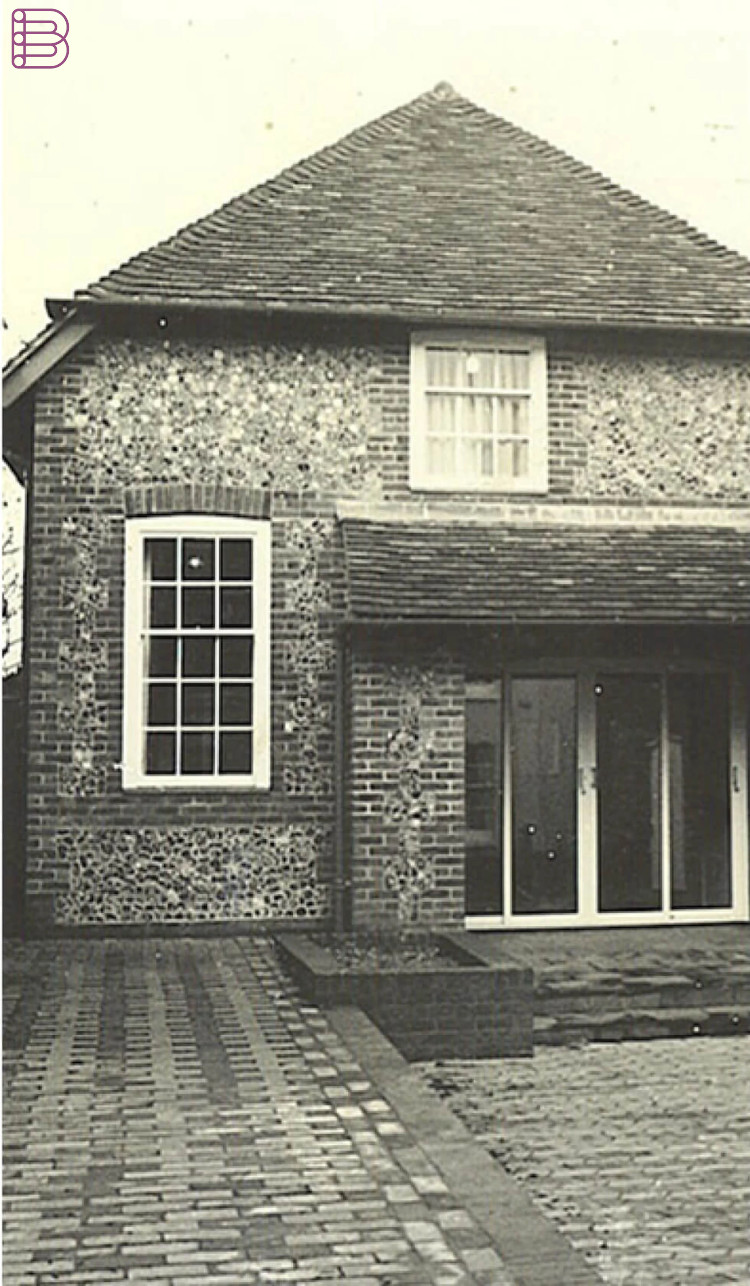
The Nautilus Project
In the 1980s, Bowers initiated the Nautilus project, aiming to eliminate cabinet resonance entirely. Although he passed away before its completion, the project was continued under his vision and launched in 1993 as the Nautilus loudspeaker. Its iconic spiral design, inspired by the sea creature, utilized tapered tubes to minimize internal resonances, delivering unmatched sound clarity. The Nautilus remains a flagship product and a symbol of Bowers’ pursuit of perfection, earning a place in museum collections for its engineering and aesthetic brilliance.
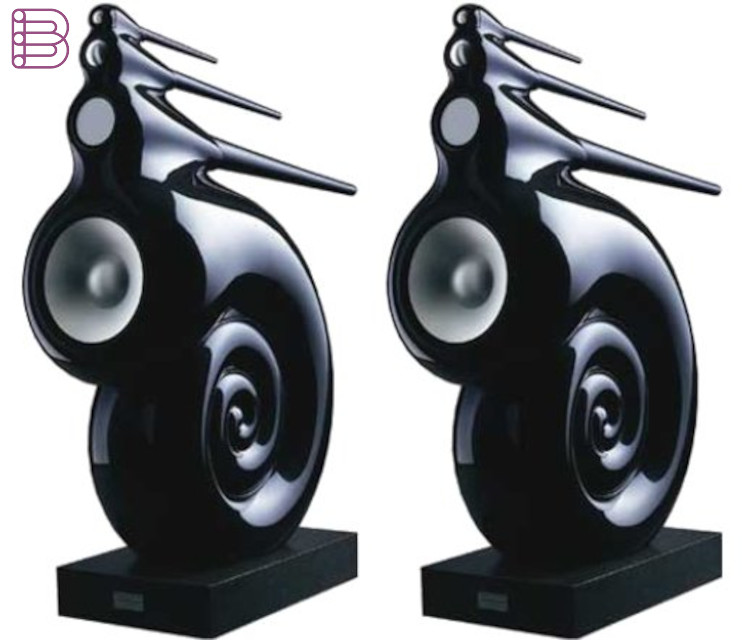
Leadership and Legacy
Bowers’ leadership style was characterized by his hands-on approach and obsessive pursuit of perfection. He reinvested profits into research and development, often at the expense of personal gain, and fostered a culture of innovation that prioritized bespoke technologies over off-the-shelf solutions. His collaborations with recording engineers and his insistence on in-house manufacturing ensured that Bowers & Wilkins products were tailored to the needs of audiophiles and professionals alike.
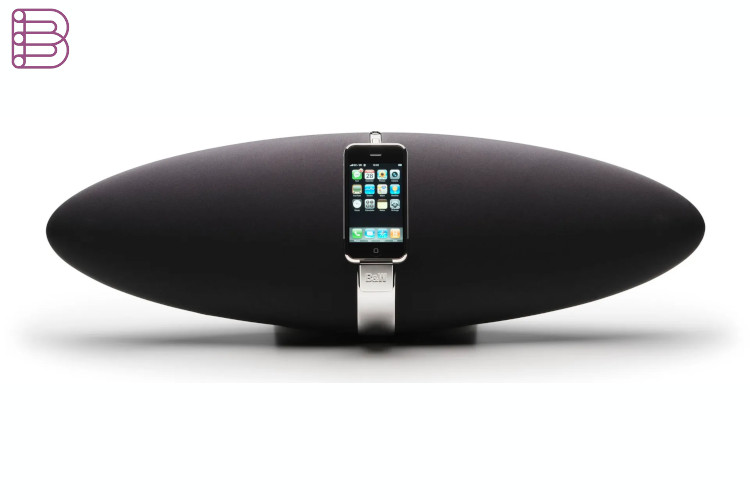
Tragically, John Bowers passed away in December 1987 after a short illness, leaving behind a legacy that continues to resonate. His final project, the John Bowers Active 1 loudspeaker, was released under his own name, a fitting tribute to his lifelong dedication. Following his death, the Nautilus project was completed by engineer Laurence Dickie, and the company continued to innovate under new leadership, expanding globally and diversifying into products like the Zeppelin iPod speaker and high-end headphones.
Impact and Recognition
Bowers & Wilkins, under John Bowers’ vision, transformed from a small Worthing shop into a global audio powerhouse. The company’s products are used in prestigious venues like Abbey Road Studios and Tate Modern, and its partnerships with brands like Jaguar and Apple reflect its broad influence. Bowers’ innovations, including Kevlar cones, the 801 studio monitor, and the Nautilus, set new benchmarks for audio fidelity, earning the company multiple Queen’s Awards for Export and Innovation.
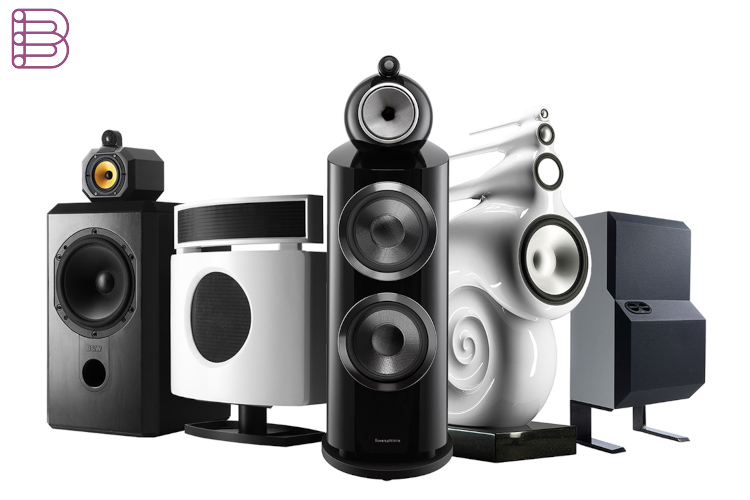
John Bowers’ story is one of passion, precision, and perseverance. From his wartime service to his pioneering work in audio engineering, he redefined what was possible in sound reproduction. His legacy lives on in every Bowers & Wilkins product, each designed to deliver the “True Sound” he envisioned—faithful to the artist’s intent and uncompromising in quality.
